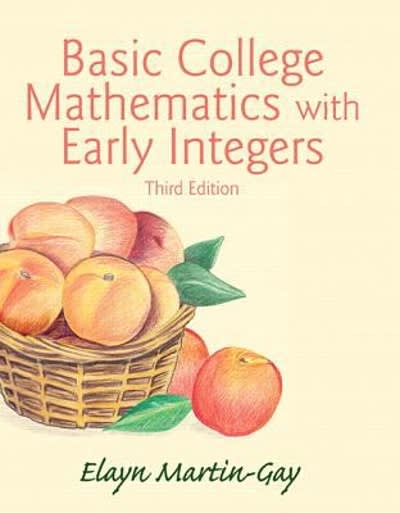Question
Question: The following table is a transportation matrix showing the cost ($) per unit of shipping from Plant i to Distributor j. The objective is
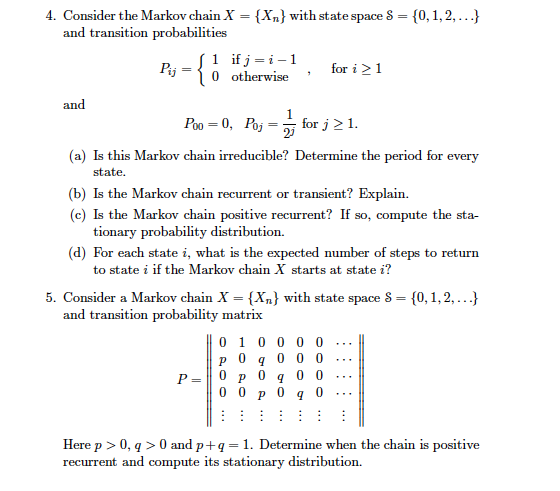
Question:
The following table is a transportation matrix showing the cost ($) per unit of shipping from Plant i to Distributor j. The objective is to minimize shipping costs while meeting the demand placed by each Distributor. There is no shipment between Plant 2 and Distributor 3.
Distributor 1 Distributor 2 Distributor 3 Supply
Plant 1. 9 22. 24. 430
Plant 2. 14. 10 ..... 360
Plant 3. 18. 12. 13 220
Demand 400 390 190. ---
Let xij = number units shipped from Plant i to Distributor j
Solve the transportation problem and use the result to fill the boxes below.
All answers are equally weighted.
a) At optimal solution:
x11=
x12=
x13=
x21=
x22=
x23=
x31=
x32=
x33=
Minimum Cost = $
b) At optimal solution, how much unused capacity is available at each Plant?
Slack at Plant 1 = units
Slack at Plant 2 = units
Slack at Plant 3 = units
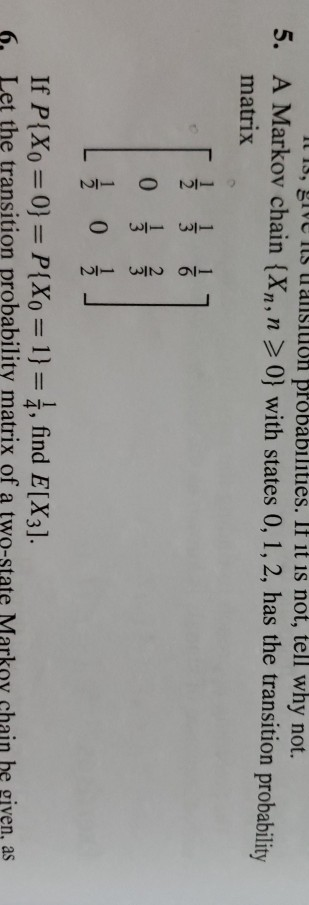
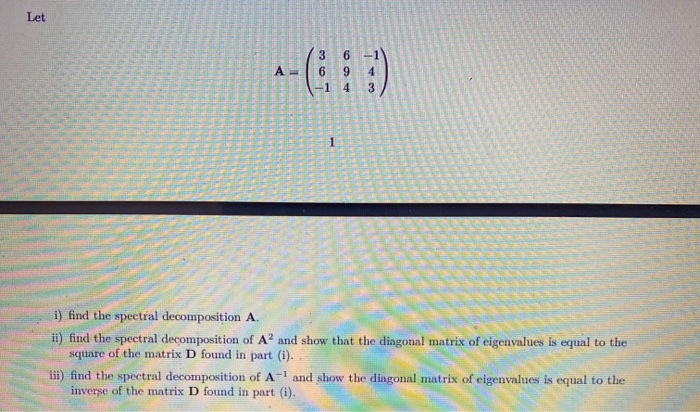
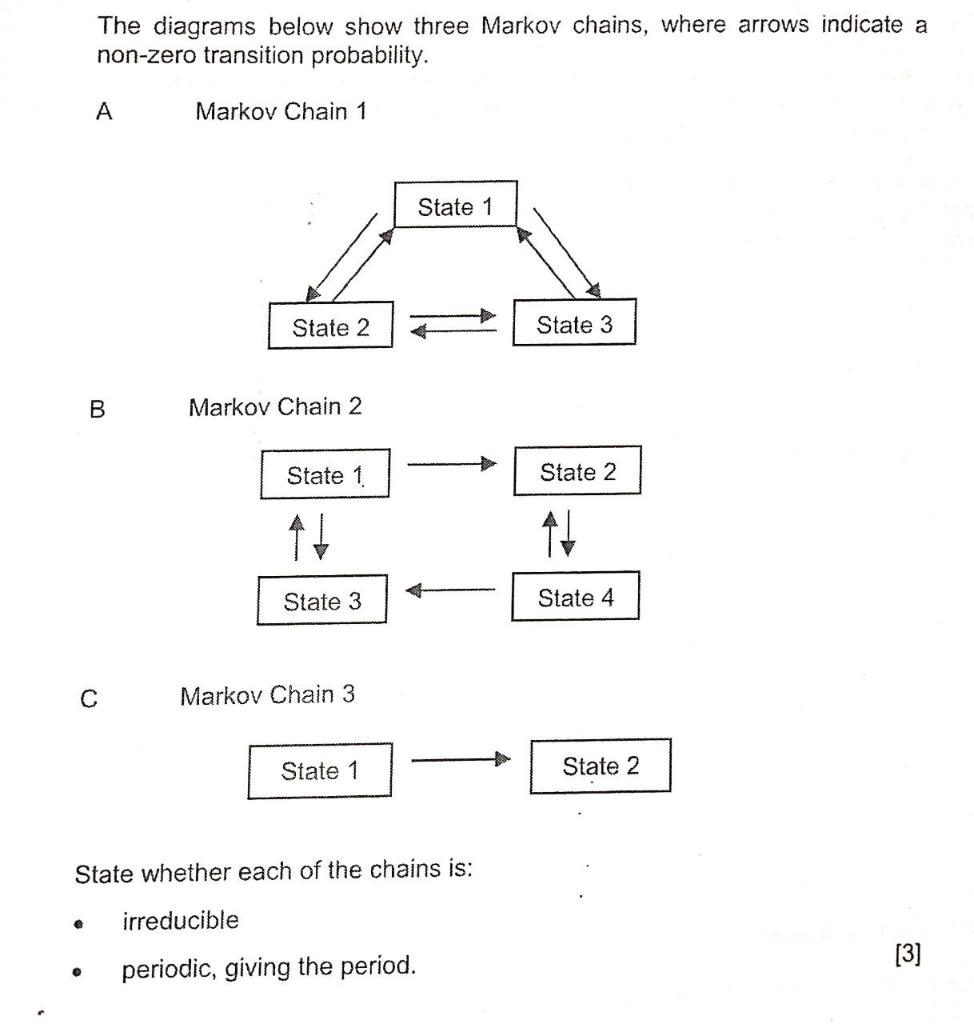
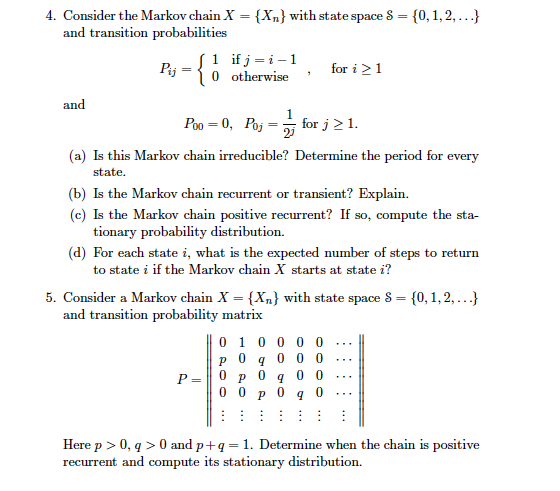
Step by Step Solution
There are 3 Steps involved in it
Step: 1

Get Instant Access to Expert-Tailored Solutions
See step-by-step solutions with expert insights and AI powered tools for academic success
Step: 2

Step: 3

Ace Your Homework with AI
Get the answers you need in no time with our AI-driven, step-by-step assistance
Get Started


